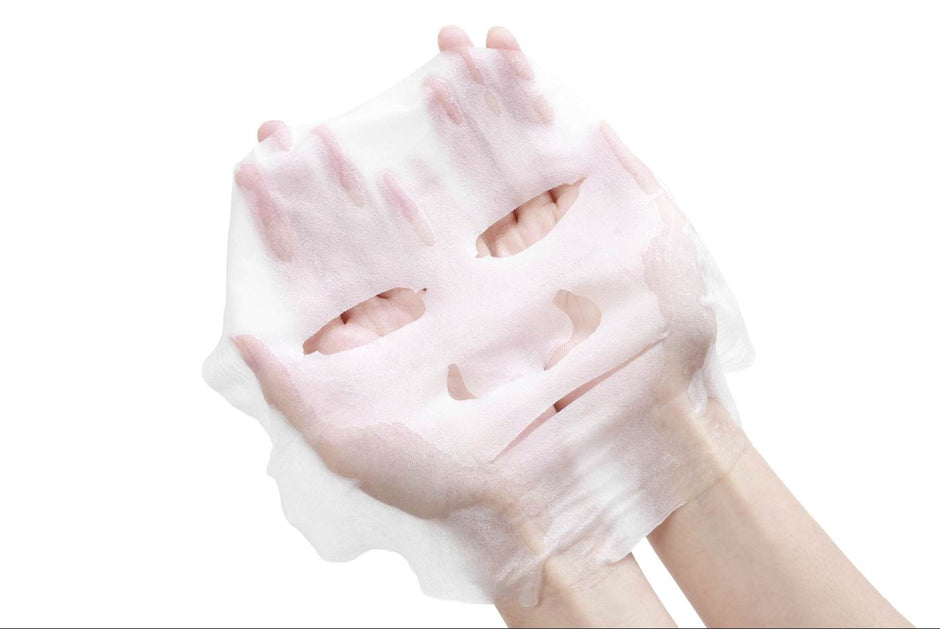The combination of thermotherapy (warm) and cryotherapy (cold) in a skin treatment can offer amazing benefits. As well as being deeply relaxing and soothing, Contrast Temperature Therapy can help improve the skin’s innate self-healing abilities. In other words, it can help the skin to help itself.
It can enhance skin circulation. Thermotherapy, which involves the application of heat, and cryotherapy, which involves the application of cold, can both help improve blood circulation in the skin. Alternating between hot and cold can stimulate blood vessels, leading to enhanced circulation and oxygenation of the skin.
It can reduce deep inflammation. Cold temperatures can help constrict blood vessels and reduce swelling. By combining cryotherapy with thermotherapy, which can dilate blood vessels and increase blood flow, you can potentially reduce inflammation more effectively.
It helps products penetrate more effectively. Applying heat to the skin through thermotherapy vasodilates the skin and promotes better absorption of skincare products. By using cryotherapy immediately after, the cold temperatures vasoconstrict and help seal in actives, maximizing their effectiveness.
Much better texture and tone. The combination of thermotherapy and cryotherapy can have a toning and firming effect on the skin. The alternating temperatures can also stimulate collagen production, improve elasticity, and promote a more youthful appearance.
More on Vasodilation (Thermotherapy) warming the skin.
So how can vasodilation of the skin enhance the penetration of active ingredients? When blood vessels in the skin dilate, it leads to an increase in blood flow to the area. This increased blood flow can have the following effects, which contribute to enhanced penetration of active ingredients:
Increased surface area: Vasodilation causes the blood vessels in the skin to expand, resulting in an increase in the available surface area for ingredient absorption. This enlarged surface area allows for a greater contact area between the active ingredient and the skin, facilitating its penetration.
Enhanced delivery: Vasodilation can also improve the delivery of active ingredients by increasing the supply of nutrients and oxygen to the skin. This can enhance the metabolic activity of the skin cells and facilitate the absorption and distribution of the active ingredient within the skin layers.
Removal of barrier factors: Vasodilation can help overcome some of the natural barrier factors present in the skin that may hinder the penetration of active ingredients. By increasing blood flow, vasodilation can improve the removal of lipids, proteins, and other substances that may impede the entry of active ingredients into the skin.
Interaction with delivery systems: Vasodilation can influence the interaction between active ingredients and various delivery systems. For example, it can enhance the release of active ingredients from topical formulations or facilitate their uptake by specific carrier molecules, such as nanoparticles or liposomes.
More on Vasoconstriction (Cryotherapy) cooling the skin.
Analgesic effect: Vasoconstriction resulting from cryotherapy can help alleviate pain and reduce inflammation. Cold temperatures can numb the nerve endings in the skin, providing a local analgesic effect. Vasoconstriction helps reduce blood flow to the area, which can reduce swelling and inflammation, leading to pain relief.
Oedema reduction: Cryotherapy-induced vasoconstriction can assist in reducing oedema, which refers to the accumulation of fluid in tissues. By constricting blood vessels, cryotherapy helps to decrease the permeability of blood vessel walls, reducing the leakage of fluid into the surrounding tissues. This can be advantageous in managing skin swelling.
Enhanced recovery: Vasoconstriction of the skin through cryotherapy can facilitate the recovery process. By minimizing tissue damage, reducing inflammation, and alleviating pain, cryotherapy can contribute to a faster healing response. Additionally, the decreased blood flow resulting from vasoconstriction may help in controlling excessive scar formation in certain cases.
Dermatological benefits: Cryotherapy-induced vasoconstriction has dermatological benefits as well. It can help improve the appearance of the skin by temporarily reducing redness, minimizing the size of pores, and improving skin tone. Furthermore, vasoconstriction can contribute to the preservation of cosmetic treatments, such as reducing the risk of adverse reactions.




